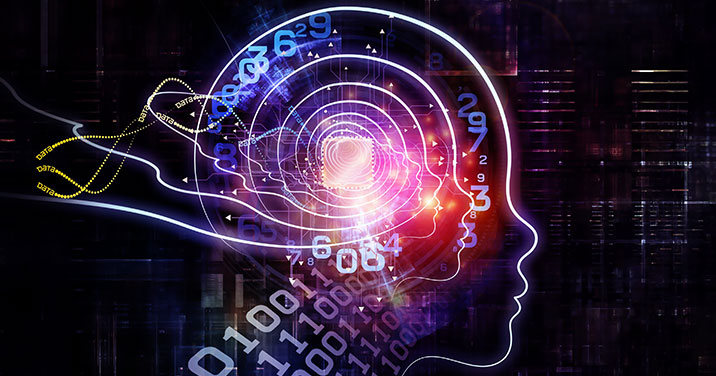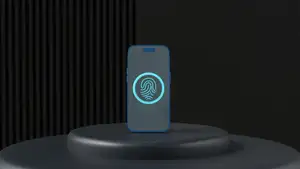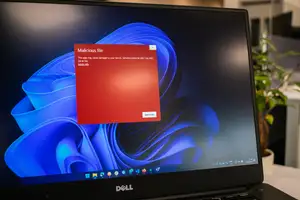
Radical New Machine Learning Tech Revealed by Google
If you have been paying attention to what is going on in the tech world as of late you must have noticed two unmistakable trends. These trends are machine learning and image recognition. As a quick review, Machine Learning refers to a subset of Artificial Intelligence. More to the point, machine learning is a technology that enables computing technology to in essence learn without specific programming. That is, machine learning makes use of unique programming that is engineered to adapt and change when exposed to new data.
With that in mind, you will definitely want to pay close attention to what follows. You see, none other than Google itself has recently announced a new machine learning technology that automatically recognizes objects in videos. But get this: object recognition is but the first step with this new technology. This new Google technology also makes the recognized objects searchable.
As you probably know, there is already existing image recognition technology available. Yet to date, this image recognition was limited to still images. The breakthrough announced by Google means that image recognition and thus searchability is now possible in videos. Incredibly, besides extracting the metadata contained in a video, the Google technology can also clearly identify and subsequently tag scene changes in a video.
In a talk explaining this new technology, Fei-Fei Li, Google’s Chief Scientist of Artificial Intelligence and Machine Learning was emphatic in pointing out that the “….world of pixels goes beyond images…”. Interestingly, Li also took the time to explain the intention behind Google’s move to offer this technology. Per Li, “…the company wants to democratize machine learning technologies it has developed in house.”
For the record, note that to make use of this video image recognition technology, the actual video itself must be stored in the Google Cloud storage service. In addition, note that Google is making this available as an API (Application Program Interface). Recall that an API is nothing more than a clearly defined set of routines, protocols and tools specifically designed to build software applications.
In this case, the API is aptly named the Vision API. How will the Vision API be used? As you might well expect, now that Vision API is available to developers there is quite a bit of excitement in how to best use this technology.
From as yet unimagined applications for security, entertainment, you can certainly expect to see new applications making use of the Vision API in the near future.









